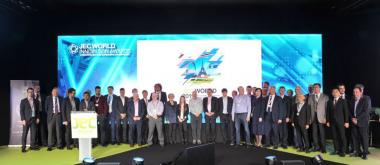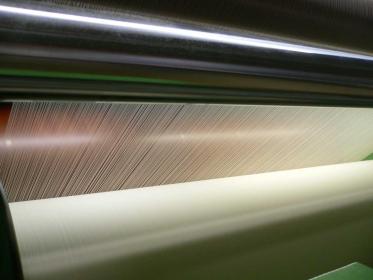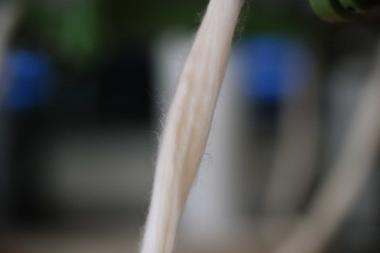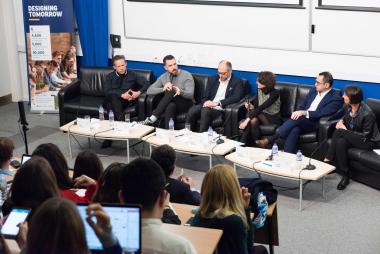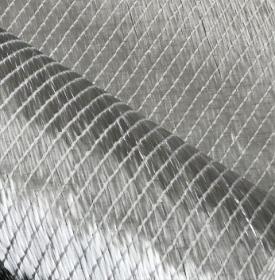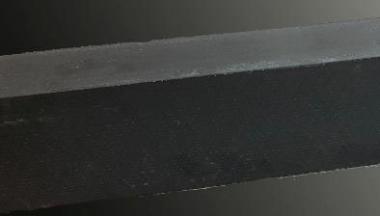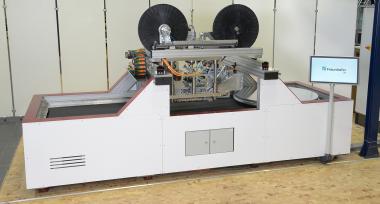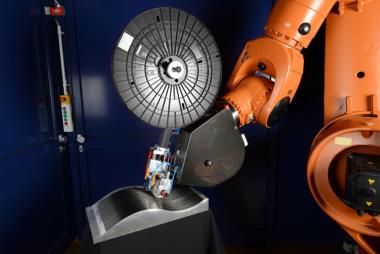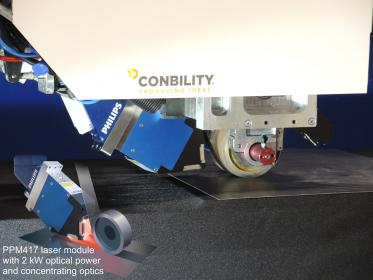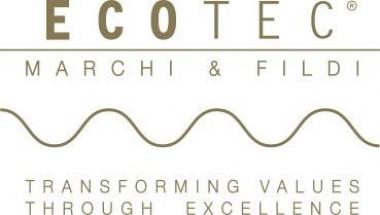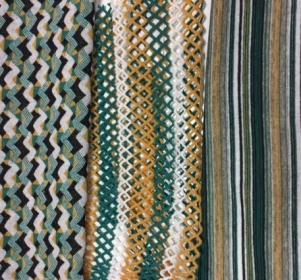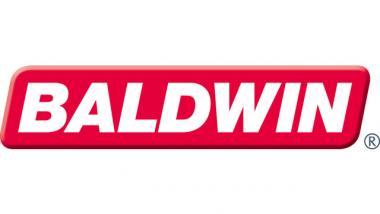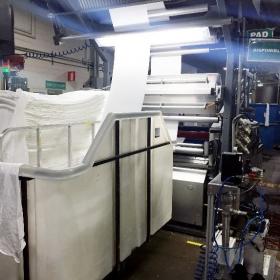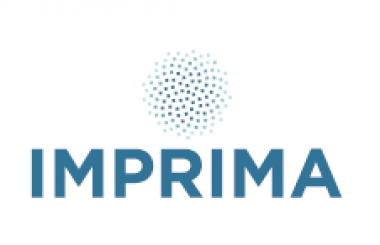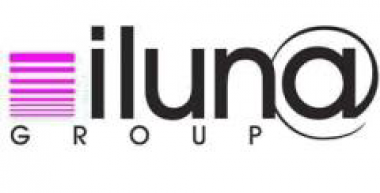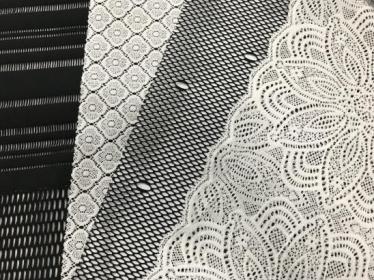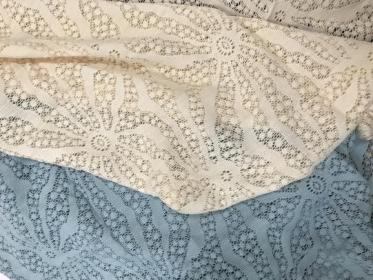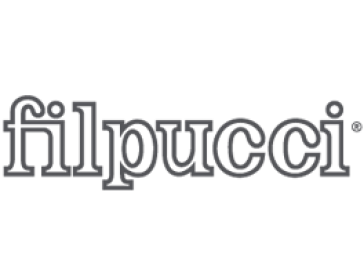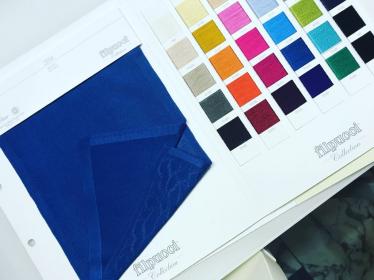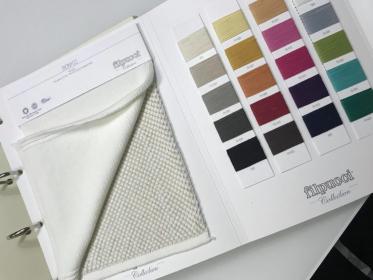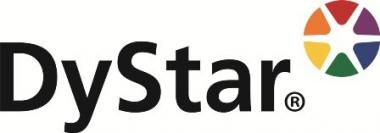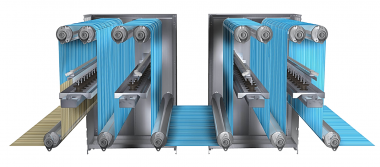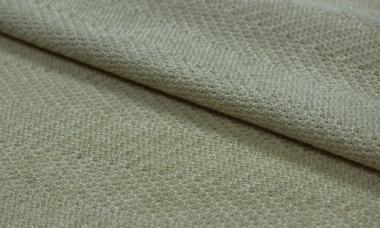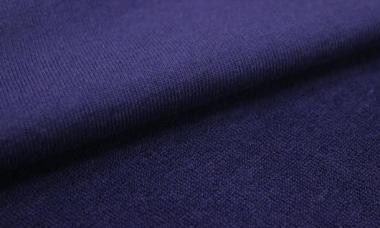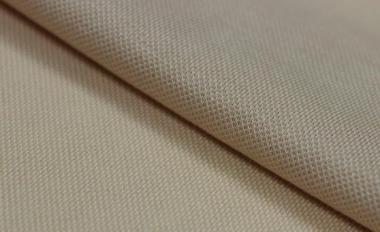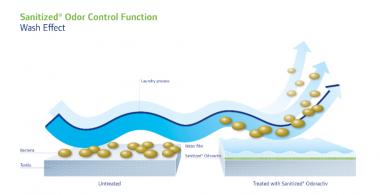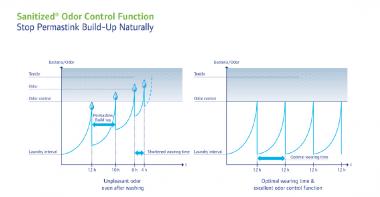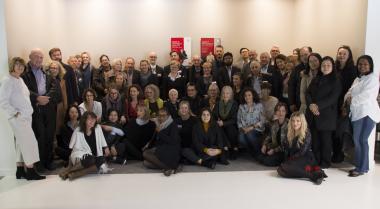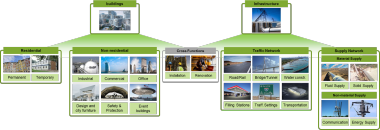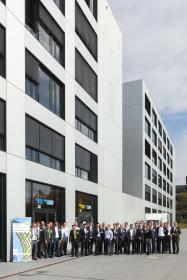20th anniversary of the JEC Innovation Awards
- JEC Group pays tribute to the winners at JEC World 2018
The 2018 session of JEC World, the reference trade show organized by JEC Group, is in full swing and the focus is on innovation!
The JEC Innovation Awards ceremony, which took place on the Agora stage on Wednesday, March 7 at 5 pm, opened with a presentation by Yves Rossy, aircraft pilot and inventor of the first jet-powered wingpack. Then the jury revealed the names of the composite champions up for a JEC Innovation Award. Eleven winning innovations were chosen, out of the thirty finalists that had been previously selected from more than 100 applications from all over the world.
“JEC Group supports innovation. In 1998, it created the first award dedicated to composites, as a way to promote and reward the sector’s champions. Thanks to the work of JEC Group’s teams, the program has become an international benchmark. Each year, we receive more than a hundred applications from all over the world. Selection is now based on criteria like the level of involvement of the innovation’s partners in the value chain, the technical nature of the innovation, or its commercial applications,” explains JEC Group President & CEO Frédérique Mutel.
A new feature this year is that the jury revealed the winners during the ceremony, and the public could choose their favorite innovation before, during, and after the ceremony. So there is still time to vote! Votes are opened until Thursday March 8th, 5pm http://innovationawards.jec-world.events
Did you miss the ceremony?
11 AWARD WINNERS:
AEROSPACE APPLICATION
Winner:
AeroComposit, JSC (Russia) and its partner Solvay (United Kingdom)
- Infusion technology for an aircraft wing
The use of infusion technology to manufacture primary structural components for an aircraft wing. The technology makes it possible to create extra-long, integrated composite structures with complex aerodynamic shapes.
AEROSPACE PROCESS
2 tied winners!
Winner: Airbus (Germany) and its partners, BMW Group (Germany), Technical University of Munich (TUM) (Germany), Neue Materialien Bayreuth GmbH (Germany), Werkzeugbau Siegfried Hofmann GmbH (Germany), BASF SE (Germany), Foldcore GmbH (Germany), Neenah Filtration (Germany) and SGL Carbon GmbH (Germany)
- Complex structural applications for MAI sandwich technology
Cost-effective production of a complex 2.5D structure made of thermoplastic composite sandwich, with very short cycle times: under 5 minutes for aerospace materials and 2.5 minutes for automotive materials.
Winner: M. Torres Diseños Industriales SAU (Spain)
Moldless process to manufacture one-piece parts
A new manufacturing process for oversized one-piece reinforced composite structures, without requiring the use of complete molds.
AUTOMOTIVE APPLICATION
Winner: Ford Werke GmbH (Germany) and its partners, Gestamp (United Kingdom), GRM Consulting (United Kingdom) and University of Warwick (United Kingdom)
- Lightweight composite automotive suspension part
Structural suspension part made of lightweight composite, using a brand-new patented process for prepreg/SMC/steel overmolding that was designed using a new computer-aided engineering (CAE) technology.
AUTOMOTIVE PROCESS
Winner: Audi AG (Germany) and its partners, Voith Composites GmbH & Co. KG (Germany), Dow Automotive (Switzerland), and Zoltek Corp. (United States)
- Series production of a rear panel module made of carbon composite
For the first time, the potential of carbon fiber reinforced plastics (CFRP) is used to full advantage in series production with a new rear panel module and cost-effective production technologies.
CONSTRUCTION & INFRASTRUCTURE
Winner: Komatsu Seiren Co., Ltd. (Japan) and its partners, Kanazawa Institute of Technology (Japan) and Nagase ChemteX Corporation (Japan)
- Cabkoma cable made of CFRTP
Komatsu Seiren has developed a cable made of molded carbon fiber reinforced thermoplastic (CFRTP), using a very cost-effective process that consists in polymerizing a thermoplastic epoxy resin in situ.
MARINE
Winner: Uljanik JSC (Croatia)
- Composite cargo decks for a vehicle carrier
On the SIEM Cicero, a vehicle carrier with a capacity of 7,000 vehicles, glass-fiber reinforced composites are used for a number of the structures for the cargo decks, thereby considerably reducing the ship’s weight, fuel consumption and CO2 emissions.
RAILWAY
Winner: ELG Carbon Fibre Ltd. (United Kingdom) and its partners, Alstom Transport (United Kingdom), Magma Structures (United Kingdom), the University of Birmingham (United Kingdom), and the University of Huddersfield (United Kingdom)
- A bogie frame made of optimized lightweight carbon fiber
This project has developed the very first carbon-fiber bogie frame that uses a recycled material, making it possible to overcome the obstacles to a commercial adoption of this type of structure.
SPORTS & LEISURE
Winner: BMW Group (Germany) and its partners EDAG Engineering GmbH (Germany), KraussMaffei Technologies GmbH (Germany), Chr. Karl Siebenwurst GmbH & Co. KG (Germany), TUM-LCC (Germany), Automation W + R GmbH (Germany), and FHG-IGCV (Germany)
- A modular construction system for the rear swing arm suspension of a motorcycle
A modular system to produce a complex-shape swing arm suspension reinforced with carbon fiber. The system can adjust the mechanical properties on a case-by-case basis, for a competitive cost and weight compared to metal solutions.
SMART CITIES
Winner: MC Materiales Compuestos (Argentina) and its partners, Plaquimet (Argentina), Purcom (Brazil), IS Groupe - Composite Integrity (France), and G12 Innovation (Brazil)
- The Wet Core Pod composite housing module
The Wet Core Pod is a composite housing module with an industrialization potential that can facilitate the most complex, costly and difficult step in a construction project.
SUSTAINABLE DEVELOPMENT
Winner: Cetim-Cermat (France) and its partner, CETIM (France)
- “3-in-1” line for producing recycled composites
A modular line that uses an innovative thermomechanical process to make large panels from recycled composites or plastics. The panels are then thermoformed into parts.
Dorothée David & Marion RISCH, Agence Apocope


